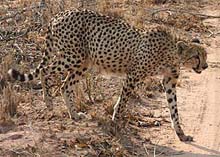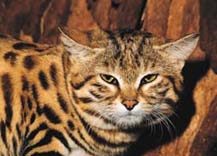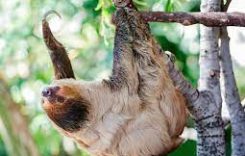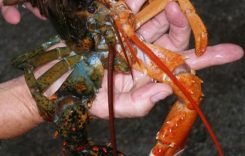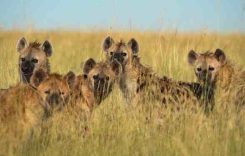Tapirs look something like pigs with trunks, but these wild animals are actually related to horses and rhinoceroses. This eclectic lineage is an ancient one—and so is the tapir itself. Scientists believe that these wild animals have changed little over tens of millions of years.
Tapir have trunk
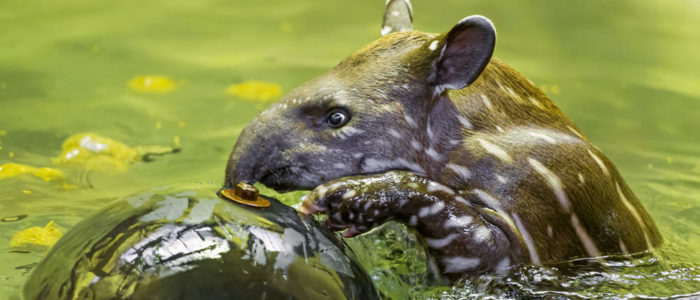
Tapirs have a short prehensile (gripping) trunk, which is really an extended nose and upper lip. These wild animals use this trunk to grab branches and clean them of leaves or to help pluck tasty fruit. Tapirs feed each morning and evening. During these hours they follow tunnel-like paths, worn through the heavy brush by many a tapir footstep, to reach water holes and lush feeding grounds. As they roam and defecate they deposit the seeds they have consumed and promote future plant growth.
Dowload interesting animal sound for your ringtone: ringtonesonic.com
Tapirs areexcellent swimmers
Though they appear densely built, tapirs are at home in the water and often submerge to cool off. These wild animals are excellent swimmers and can even dive to feed on aquatic plants. They also wallow in mud, perhaps to remove pesky ticks from their thick hides.
New World tapirs generally live in the forests and grasslands of Central and South America. A notable exception is the mountain (or woolly) tapir, which lives high in the Andes Mountains. Woolly tapirs, named for their warm and protective coat, are the smallest of all tapirs.
The biggest tapir
The world’s biggest tapir is found in the Old World—Southeast Asia. The black-and-white Malay tapir can grow to 800 pounds (363 kilograms). It inhabits the forests and swamps of Malaysia and Sumatra.
All four tapir species of these amazing wild animals are endangered or threatened, largely due to hunting and habitat loss.

